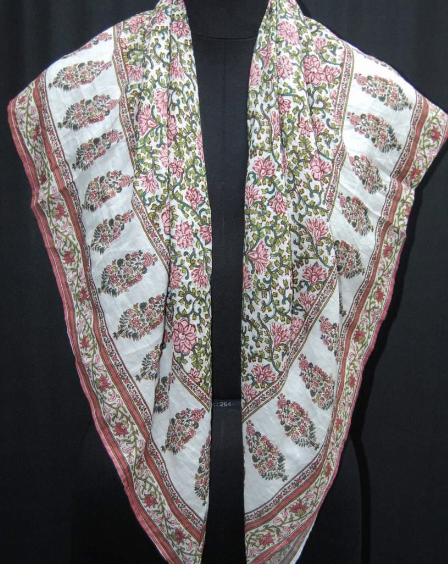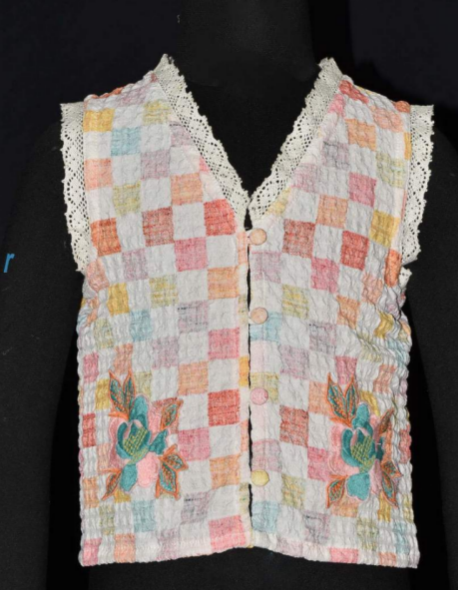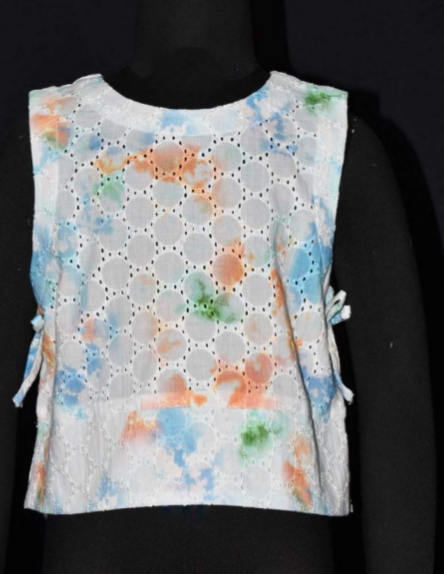Zero Waste Garment Manufacturing: Strategies For A Greener Industry

The fashion industry is witnessing a significant shift towards sustainability, with garment manufacturers leading the way in adopting zero-waste practices. These strategies aim to reduce the fabric waste generated during design, cutting, and production, which typically accounts for 15-20% of materials. Zero-waste garment manufacturing not only addresses environmental concerns but also boosts efficiency and enhances brand value.
What is Zero-Waste Garment Manufacturing?
Zero-waste garment manufacturing is a sustainable approach that minimizes or eliminates waste throughout the production process. By leveraging innovative techniques and technologies, garment manufacturers can create high-quality products while reducing their environmental impact.
Strategies for Zero-Waste Manufacturing
-
Zero-Waste Pattern Making
Using advanced design techniques, patterns are created to interlock seamlessly, minimizing leftover fabric. Many garment manufacturers use CAD software to optimize layouts. -
Repurposing Fabric Scraps
Fabric waste is repurposed into smaller products, accessories, or even recycled into new textiles. This ensures that no material goes unused. -
On-Demand Production
Manufacturing garments based on actual customer orders helps avoid overproduction and reduces fabric waste. -
Digital Sampling
By creating digital prototypes instead of physical samples, garment manufacturers save materials while streamlining the design process. -
Sustainable Materials
Opting for biodegradable or recyclable fabrics ensures any waste produced has a minimal impact on the environment.
Conclusion
Zero-waste garment manufacturing is not just an ethical choice but also a strategic one for long-term success in the industry. As consumers increasingly prefer eco-friendly brands, adopting these practices gives manufacturers a competitive edge.
At Cheer Sagar – Garment Manufacturer Jaipur, we are committed to integrating sustainable practices into every step of the manufacturing process, contributing to a greener and more responsible fashion industry.
Related Blog
Manufacturing Clothes In India- What You Need To Know?
Even though China is the largest textile exporter in the whole world, India has come a long way as well,...
Surplus Fabric Repurposing Ideas: How To Become A Champion Of Reusability
Fabric surplus from making women’s garments is a problem that most manufacturers have to face at some point. Initially, brands...
5 Must-Have Handbag Styles For Women In 2023
While the need for handbags could be questioned, it is nonetheless one of the most popular accessories used by women....




